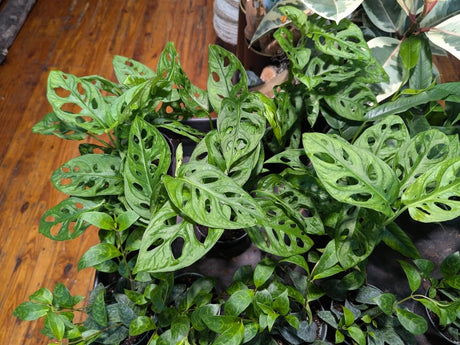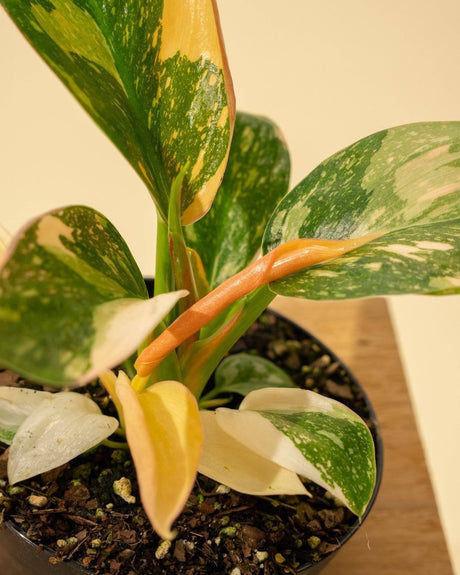Fungus Gnats - The Foe Of Houseplants
Welcome, fellow plant pals and gnat-fighting warriors, to the ultimate showdown against those uninvited guests—fungus gnats! Picture this: you're tending to your beautiful green babies from Ed's Plant Shop, thinking you're the superhero of indoor gardening, and then, out of nowhere, these pesky winged critters decide to crash the party! Fear not, because today, we're diving headfirst into the hilarious yet epic battle against these tiny foes.
Grab your capes (or maybe just some sticky traps), because we're about to unleash the ultimate guide to keeping your plants gnat-free and your sanity intact! Let's squash this gnat-astrophe with a dash of humor and a sprinkle of plant love.

Fungus Gnats Unveiled
Fungus gnats—small, pesky, and absolutely unwelcome! Ever wondered why these little buggers show up uninvited? Well, let's crack this mystery at Ed's Plant Shop in Brooklyn!
Why Do People Get Fungus Gnats?
So, you fancy your indoor greenery, right? Overwatering and moist soil are their red-carpet invites! These gnats thrive in damp environments, and voilà, they decide to crash your plant party.
Where Do Fungus Gnats Come From?
Hold onto your pots! Fungus gnats aren't just freeloaders; they hitchhike! Gnats can find their way indoors through open windows, doors, or vents. If you have outdoor plants or leave soil-filled gardening tools lying around, gnats might find an opportunity to sneak in. They may even come on fruit or from garbage disposals.
What Damage Do Fungus Gnats Do?
Fungus gnats might seem harmless, but their larvae can wreak havoc on plant roots! These little larvae feed on the delicate root system, causing stunted growth and wilting in plants. Additionally, their presence can lead to a decline in overall plant health, making it harder for your green friends to absorb nutrients and water efficiently.

How To Conquer Fungus Gnats
Enough with the gnat chat—let's squash this invasion with style and grace! Here's your gnat-slaying strategy:
Tip #1: Let the soil dry out between waterings. Gnats hate dry, like really, really hate it. When you do water, avoid flooding the soil. Also make sure you choose the correct soil type for your plant, and avoid soils that contain moisture retention crystals.
Tip #2: Say hello to Mr. Sand—top-dress your pots with sand to give those gnats an unwelcome desert experience. If you're not comfortable with sand, or it doesn't work for that specific plant, consider removing the topmost layer of soil to remove any soil that might be contaminated.

Tip #3: Sticky business—get those yellow sticky traps from Ed's Plant Shop in Brooklyn and watch gnats make a fatal attraction. Consider it operation Gnat Be Gone.
Tip #4: Drain the swamp—remove any standing water around your plant babies. No puddles for these party crashers!
Tip #5: Consider introducing beneficial nematodes to your soil; they're like ninja warriors against gnat larvae. If you're uncomfortable with nematodes, you can also use a small dish of water with a solution of 2 tablespoons apple cider vinegar, 2 tablespoons water, and a little squirt of dish soap. The fungus gnats will be attracted and get stuck.
And that, my fellow plant lovers, is your guide to gnat domination! Sayonara, fungus gnats—hello, thriving indoor jungle from Ed's Plant Shop in Brooklyn! 🪴🌟
















